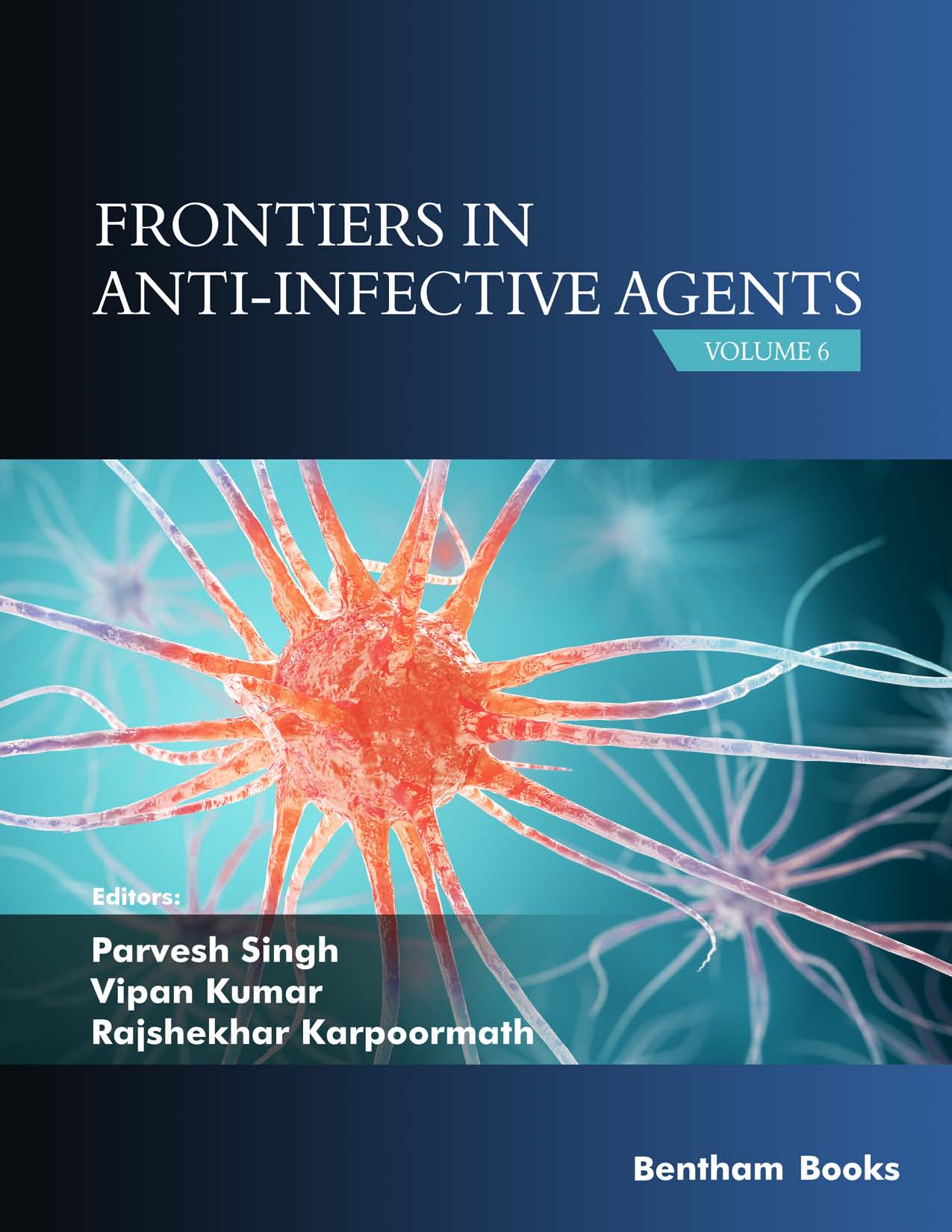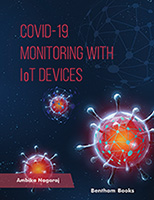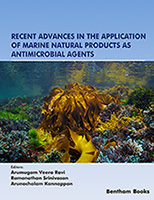Introduction
Anti-infective agents are a distinct class of pharmacologically important molecules that have served mankind in different capacities to combat life-threatening pathological conditions. They include antibacterial, antifungal, antiviral, antituberculosis, antimalarial and urinary anti-infective agents. However, evolutionary changes, adaptations and development of new strains of pathogenic microorganisms that have reduced the therapeutic efficacy of existing drugs, thus, limiting their clinical utility over the years.
Frontiers in Anti-Infective Agents Volume 6 is a collection of notable research efforts, successful anti-infective drug development programmes and a comprehensive overview of successful and unsuccessful clinical trials conducted in this domain. This volume continues from the last one with interesting reviews on: 1) “Reverse Vaccinology” for vaccination design using computational data to identify vaccine targets, 2) leptospirosis, 3) phage therapy for bacterial infections, 4) quorum sensing inhibitors from natural products, and 5) nitrogen and oxygen based heterocyclic compounds that can act as anti-infective agents. The volume, therefore, covers a range of frontier topics on anti-infective research and development.
This compilation is a timely reference for postgraduate scholars and researchers seeking updates in specific areas of anti-infective drug development. Allied healthcare professionals (clinical and public healthcare professionals) can also benefit from the information presented within.
Audience:
Postgraduate scholars, researchers studying anti-infective drug developments; Allied healthcare professionals involved in the administration of anti-infective agents.





